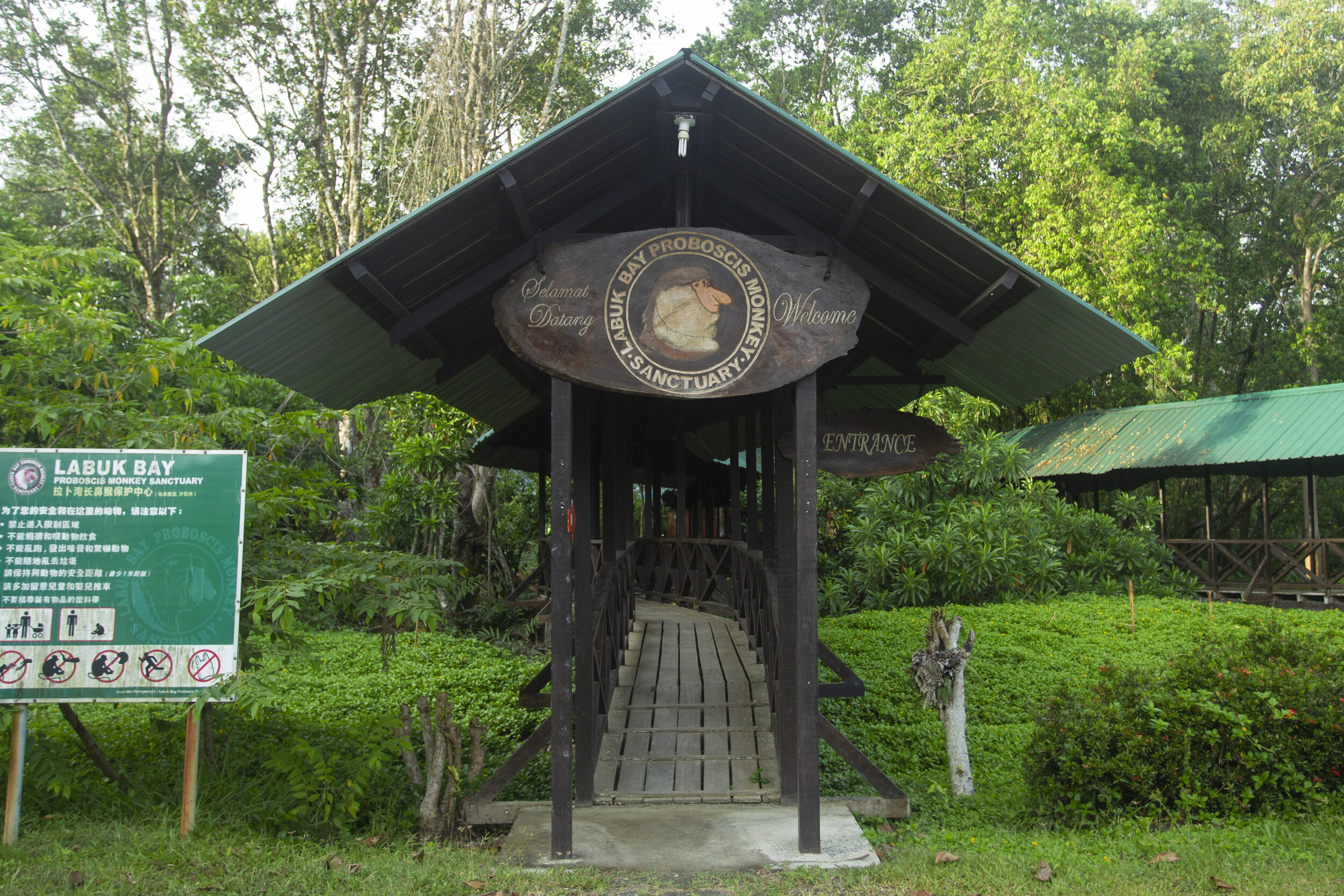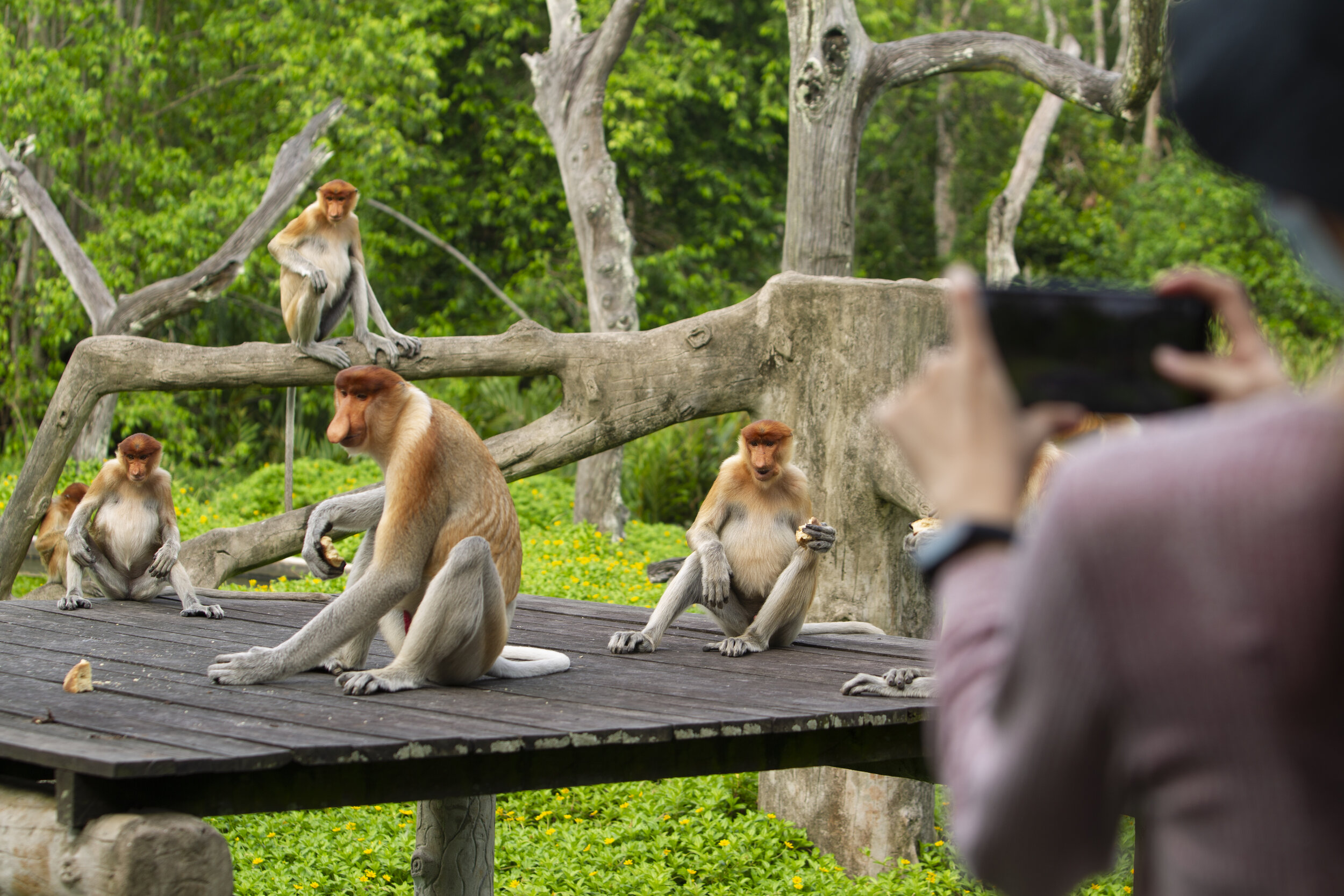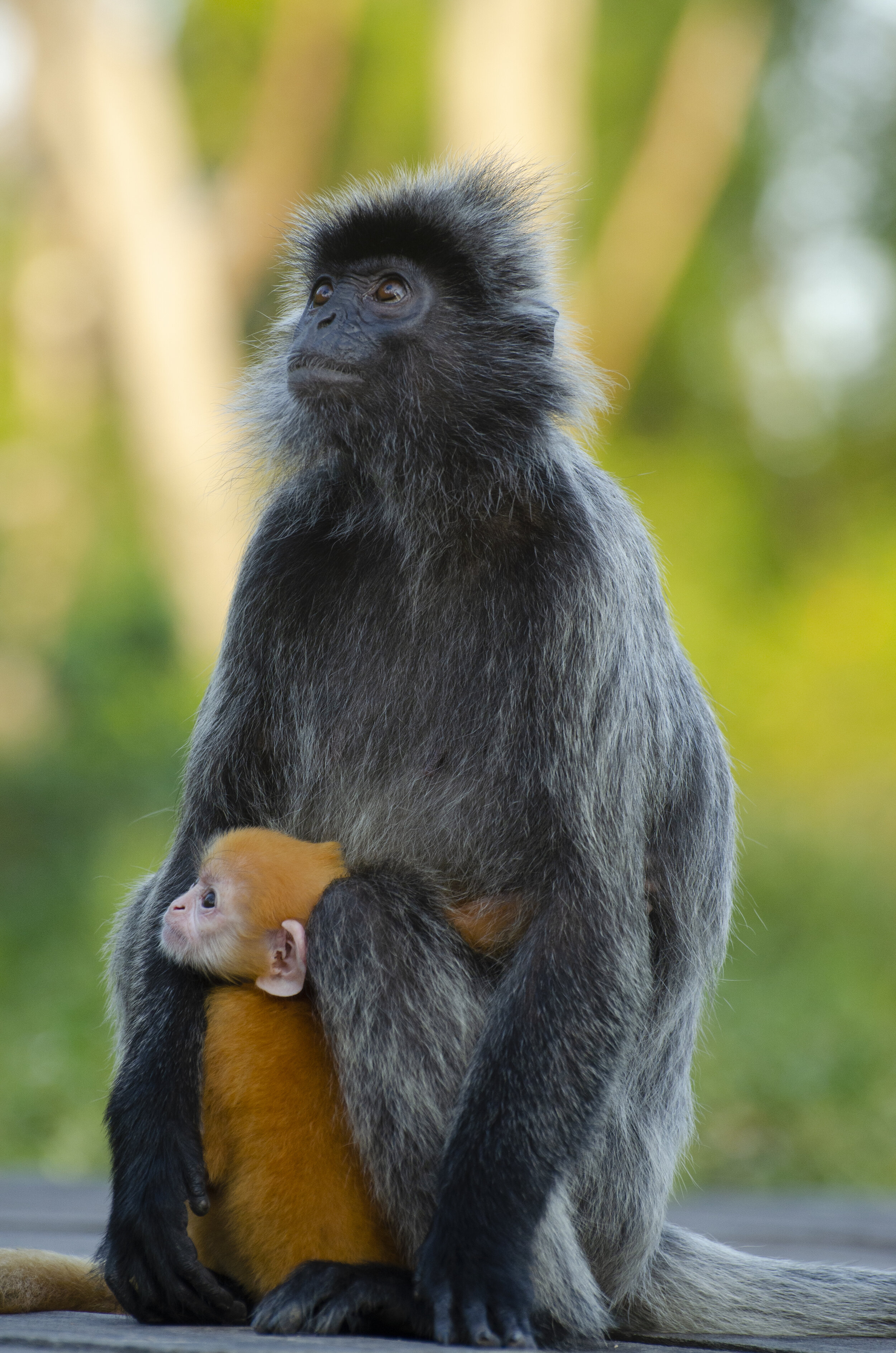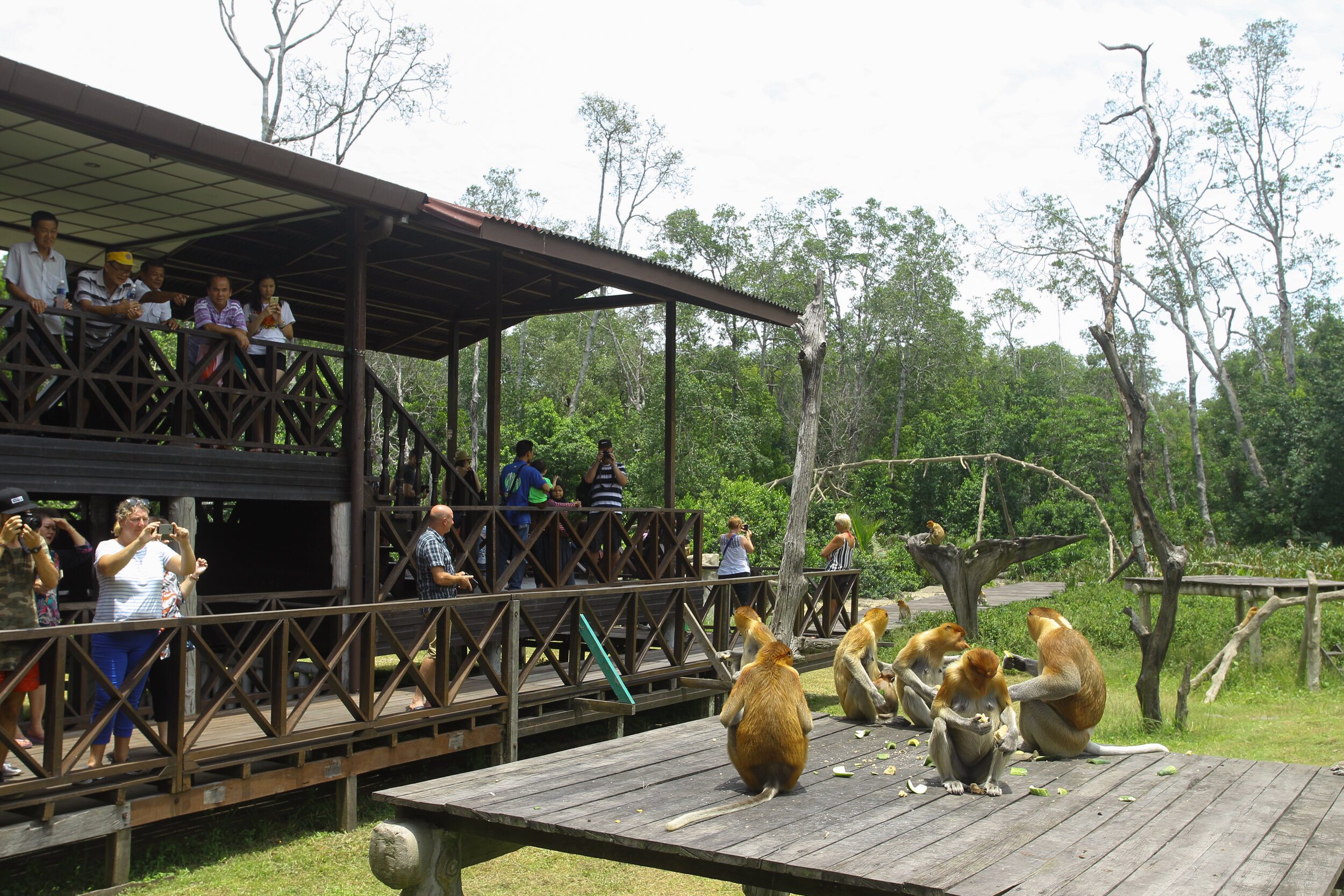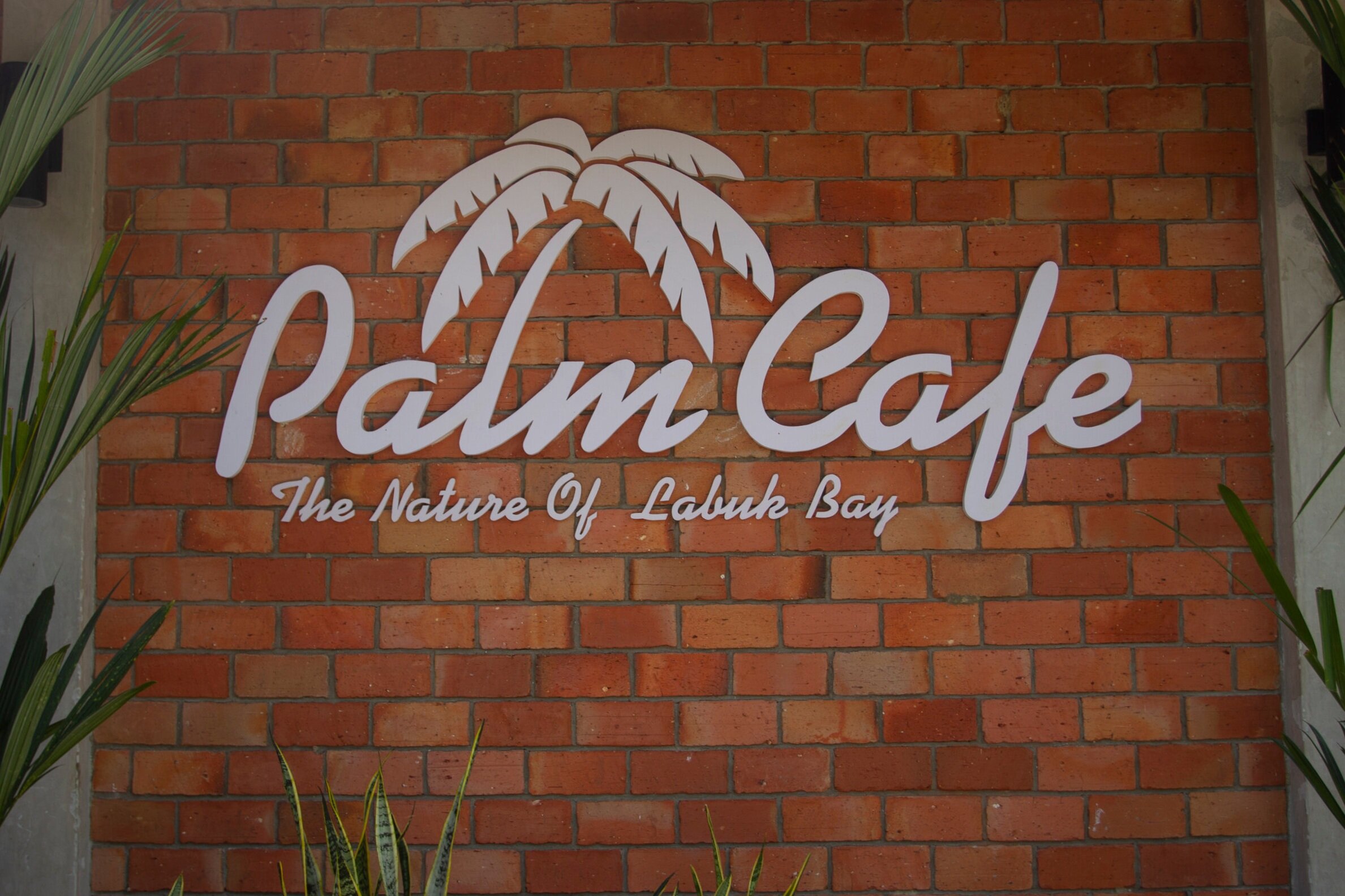
A safe haven for proboscis monkeys and other wildlife since 2000.
Our Story
Opened to the public in 2000, Labuk Bay Proboscis Monkey Sanctuary offers a safe haven for the indigenous wildlife isolated by the Sulu Sea to the north and encroaching palm oil plantations to the south.
As trees withered and fresh water sources dried up during the 97-98 El Nino drought and palm oil development closed in, the desperate monkeys found an unlikely source of comfort---pancakes and coffee from the pantry of the nearby Lee Brothers’ plantation. Moved by the monkey’s plight, the Lee Brothers began to enact a simple feeding programme to supplement the monkey’s diet and eventually converted part of their land holdings into Sabah’s first Proboscis Monkey Sanctuary.
Over the years, the sanctuary has been expanded to 500 acres of coastal mangrove forests via land acquisition, and the restoration of degraded forests. Labuk Bay currently houses one of the largest isolated population of proboscis monkeys on the Borneo islands (ca. 300), along with other wildlife such as Silvered-Leaf Langurs and Oriental-Pied Hornbills.
The Lee brothers in the beginning stages of creating the sanctuary.
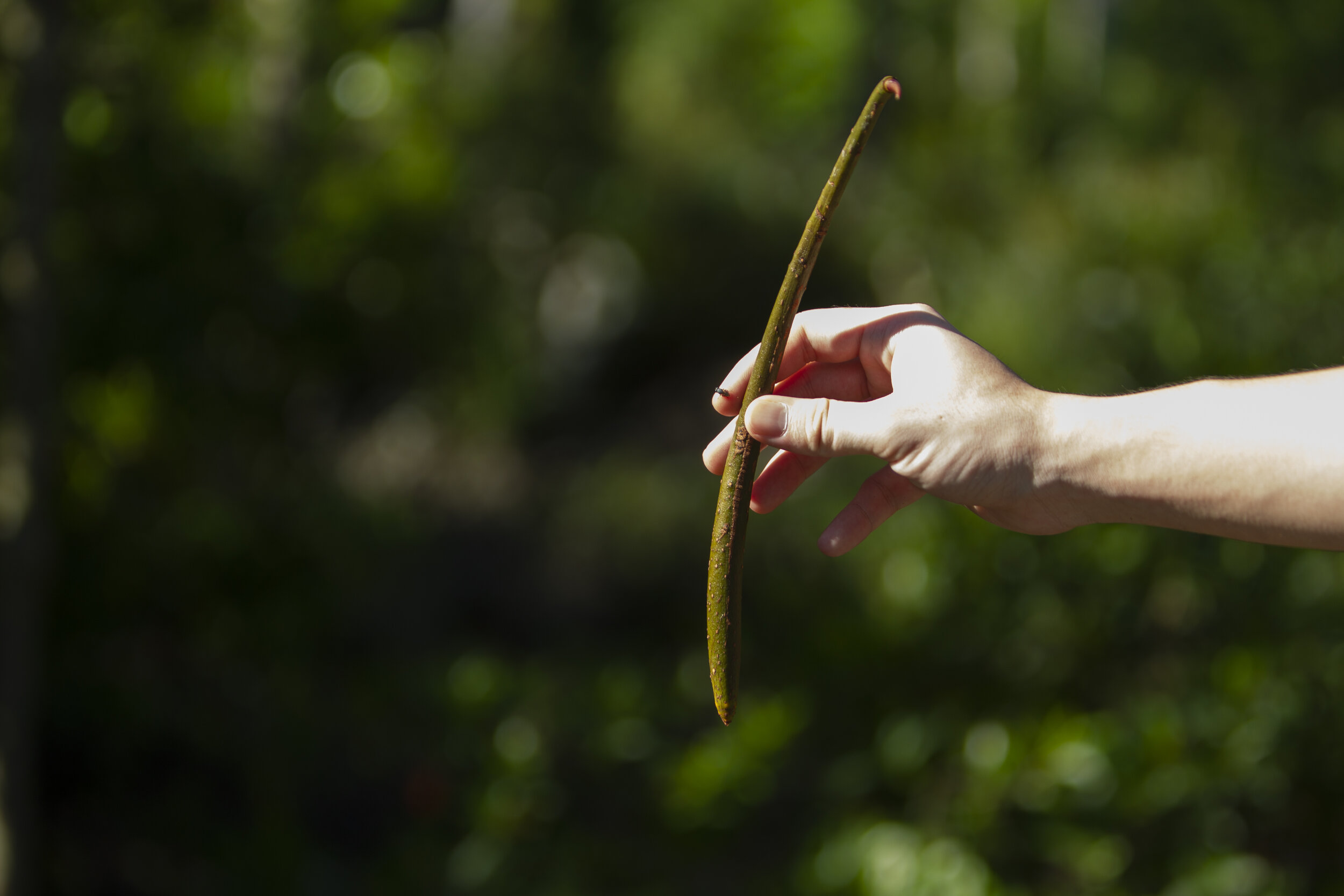
Our Vision and Mission
While the most ideal form of conservation is to ensure that wildlife live freely in their natural habitat unperturbed by human presence, this is not a luxury available to vulnerable species such as the proboscis monkey. The species typically dwells at riversides, lowlands and coastal areas, which are among the most accessible and human-populated habitats on the Borneo islands. Due to the presence of human settlements, these areas could not be designated as Forest Reserves and are sold off to private landowners who earmark them for economic development.
As a result, just 15% of the estimated proboscis monkey population in Sabah lives within the confines of protected Forest Reserves. Most of the population are isolated across various pockets of undeveloped coastal areas across Sabah. These isolated monkeys are extremely vulnerable to local extinction, and such incidents have already been documented in Papar and Kunak.. Given the fragmented nature of their distribution, a lot more local extinctions have gone unreported and unnoticed..
Here at Labuk Bay, our ultimate vision is to ensure the long-term survival of proboscis monkeys in Sabah, and we aim to achieve that end by:
Protecting the local population from extinction by preserving their current habitat and implementing a food supplement program.
Establishing a more sustainable habitat for the local proboscis monkey population by acquiring and restoring degraded mangrove forests.
Connecting people with the fascinating proboscis monkeys and in turn inspiring and attracting support for advancing conservation action
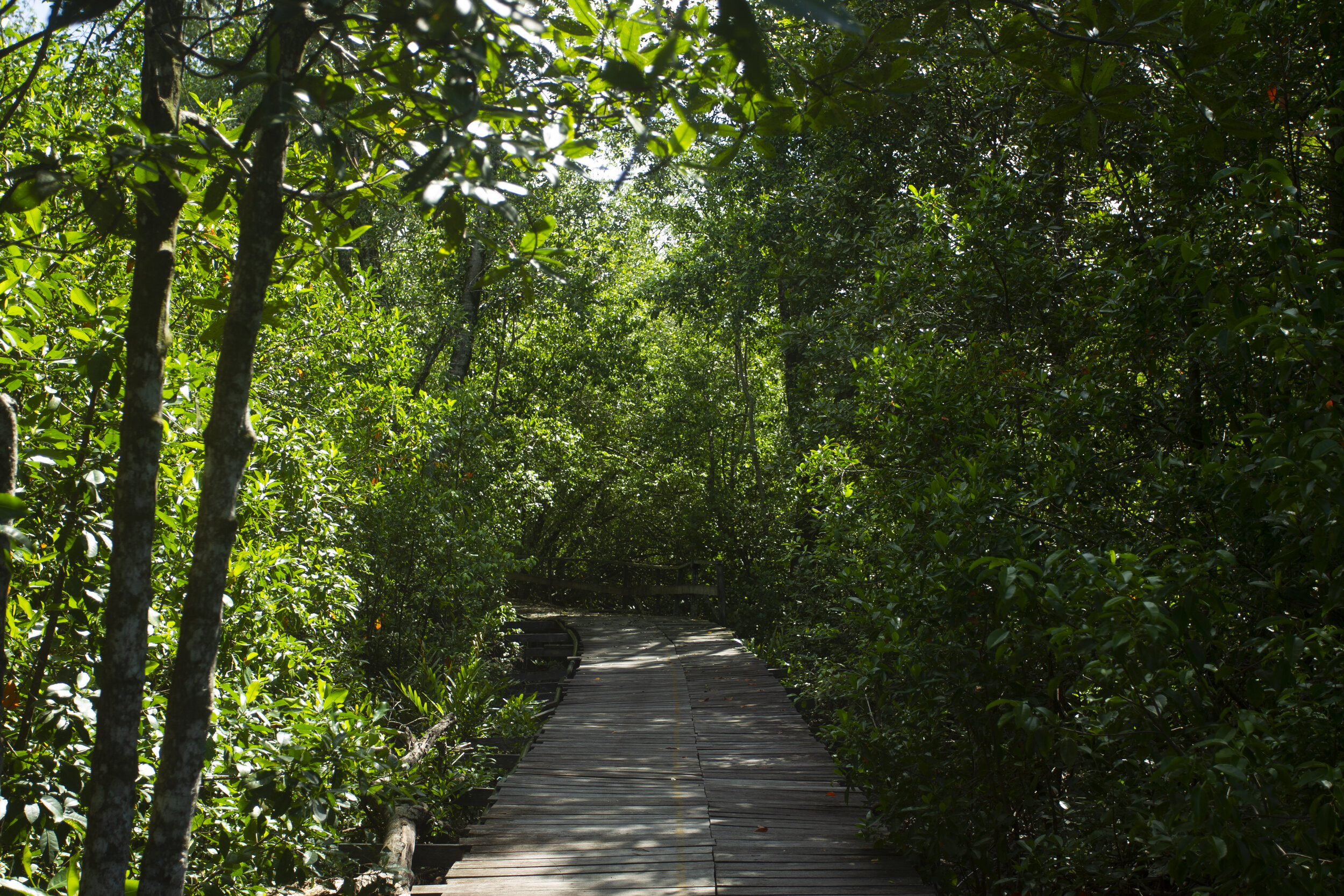
Facilities
Observation Area A
For those who prefer a more secluded viewing experience, head over to Platform A. Take a walk along the wooden walkway that meanders over a swampy mangrove to the huge open area wooden platform for the best viewing experience.

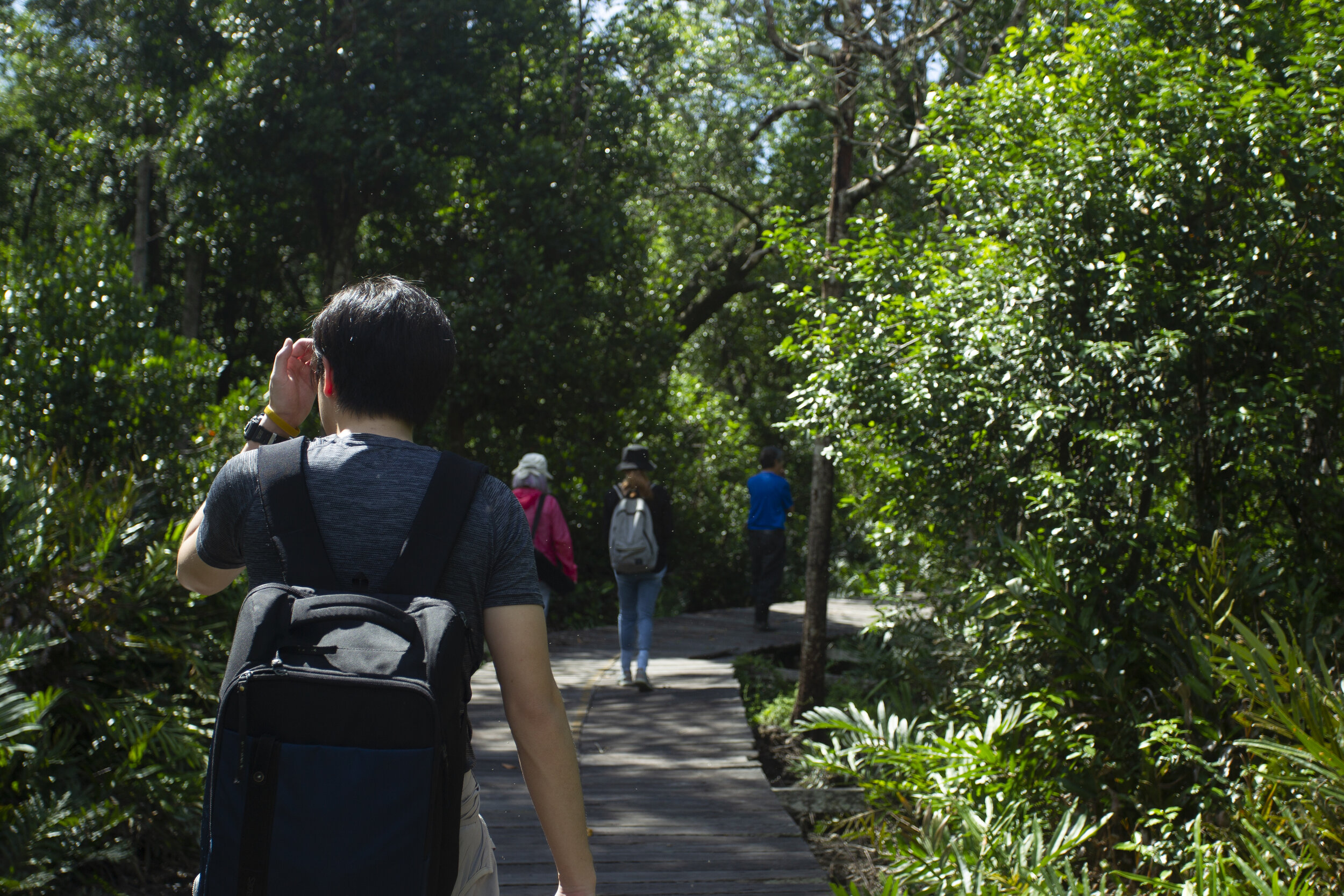
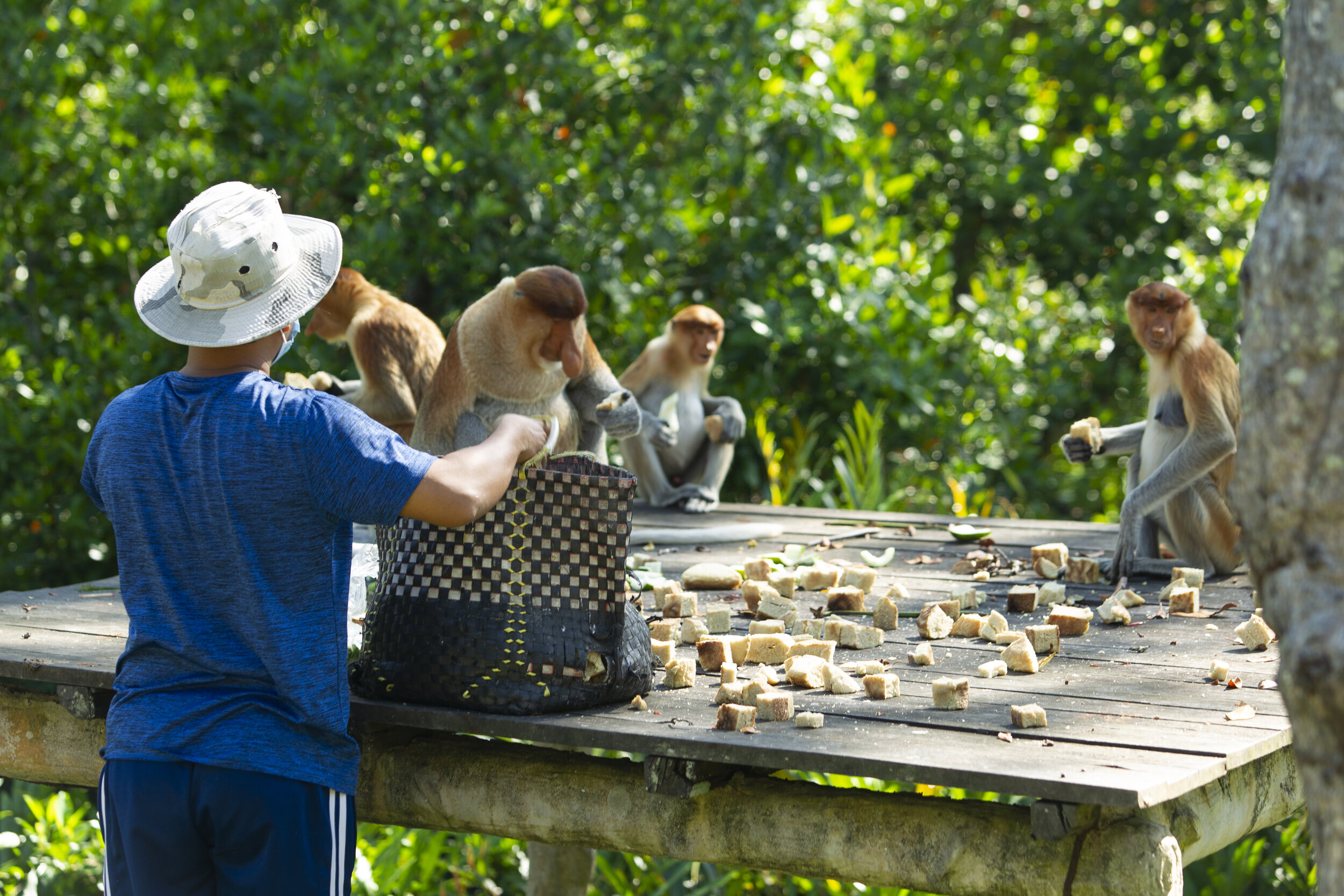

Observation Area B
Platform B is the venue where visitors not only get to see Proboscis Monkeys, they also have a good chance of meeting the Silver Leaf Monkey and Oriental Pie Hornbills. It is also where the gift shop, theatre area, and cafe is located.
